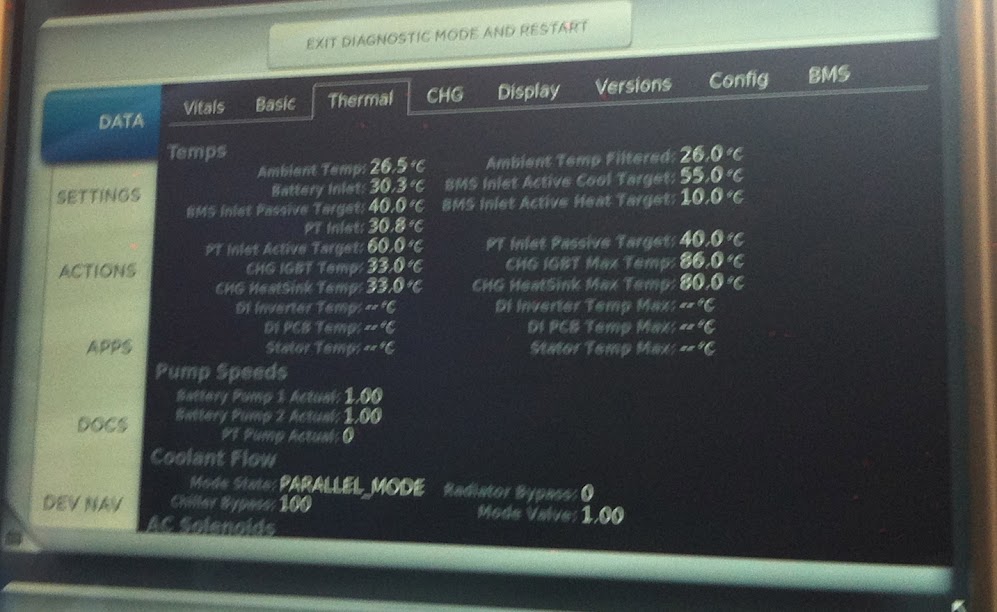asimba2
Well-known member
Can anyone tell me what the approximate temperature ranges are for each temperature bar on the dash display? It was 92 degrees yesterday and I saw 6 temp bars during L2 charging and even several hours after charging. This morning it was only 64 degrees and even after a long freeway commute the dash display still showed 6 temperature bars the entire drive.




